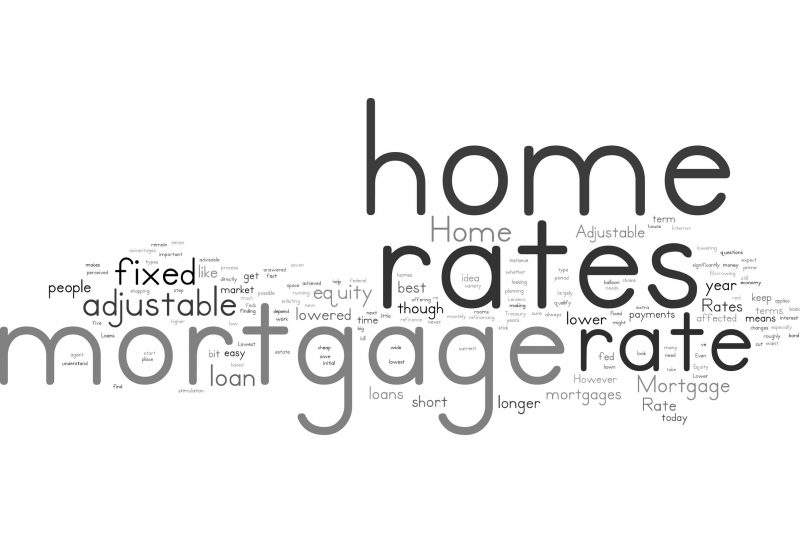According to the Mortgage Bankers Association, the 30-year fixed mortgage interest rate has fallen to 3.87%, its lowest level since November 2016. What does this mean for you? Well, if you’re looking to lower your monthly mortgage payments or interest rates, then now may be a good time to refinance. But, what is refinancing, and how do you know if it’s right for you? Here are some pointers.
What refinancing is:
The process of refinancing allows homeowners to obtain a new mortgage. Basically, you’re replacing your existing home loan—usually with one that reduces your monthly mortgage payments/lowers your interest rates.
The process
Refinancing requires you to apply for the new loan(s) just as you did for your original one. After that, your home will typically then be appraised by a lender. The lender will conduct an inspection of the property in order to determine the value of the home. Next, they’ll calculate the max amount of money you can borrow and provides you with guidance on refinancing options. Refinancing will involve closing costs—just like the initial purchase of the home. You should also be aware that lenders also charge an appraisal fee (typically up front), usually for a few hundred dollars.
Why would I want to refinance?
People usually pursue refinancing a home for a few main reasons:
One source of motivation is to reduce their monthly mortgage payment. This can be achieved through obtaining a loan with a lower interest rate, or by extending the term of the loan to break up the payment into smaller parts. (If you go with the latter, you’ll end up paying more interest).
On the flip side, you can refinance to pay off your loan faster. By going from a 30-year to a 15-year mortgage, for example, you’ll pay less interest over the course of the loan. But, be warned: your monthly payments usually go up with this route.
People also may want to do what’s called a “cash-out refinance.” This process allows you to reap the rewards of building equity on your home. Building equity can lead to owing less on your current loan by increasing the value of your home. Therefore, when you participate in a cash-out refinance, you’re borrowing more than you owe on your current loan. This involves the lender giving you a check for the difference between the amount you’re borrowing and the amount owed. Cha-ching. Your interest rates usually get lowered, too.
How do I know if refinancing is right for me?
Just like taking out an initial mortgage, refinancing is a big decision. Make sure you consider all of the important stuff before submitting your applications. Here are some things to take into account:
- Figure out what your goal is with refinancing. Do you want lower payments, or a shorter loan term?
- Have a plan in mind for how you’re going to repay the loan.
- Put in applications with several lenders so that you can shop around. Use an online tool to compare the different refinancing rates.
- Be prepared for extra expenses like application fees and closing costs.
The takeaway: There are several motivations for refinancing your home, and there are several ways to go about doing it. Before coming to a decision, make sure you have a clear idea of what your goals are with refinancing and which route makes the most financial sense for you. Be sure to educate yourself on the outcomes of each route so that you can make an informed decision.
Disclaimer: These articles are intended for general informational purposes only and do not substitute the advice of qualified mortgage professionals. Please always consult your mortgage broker or loan officer when it comes to making decisions.

